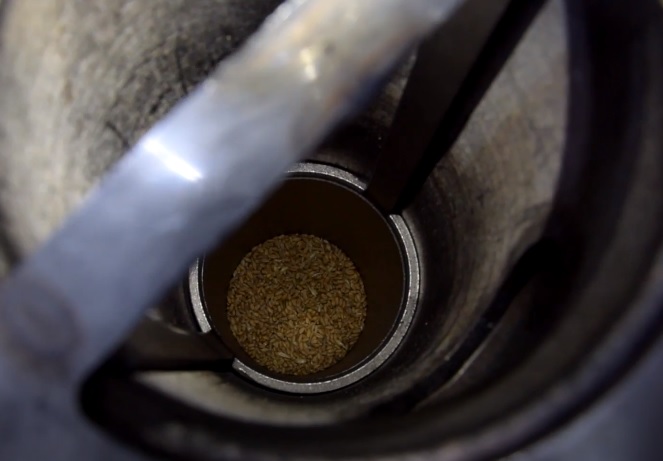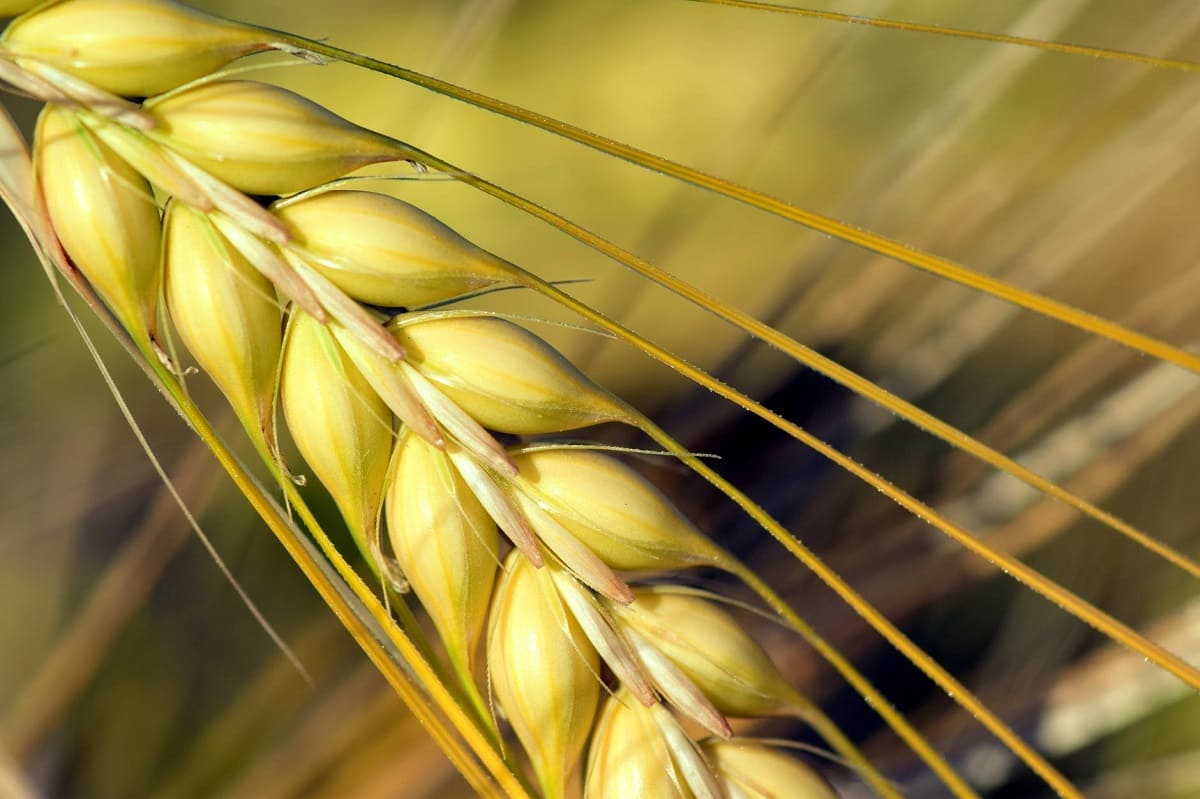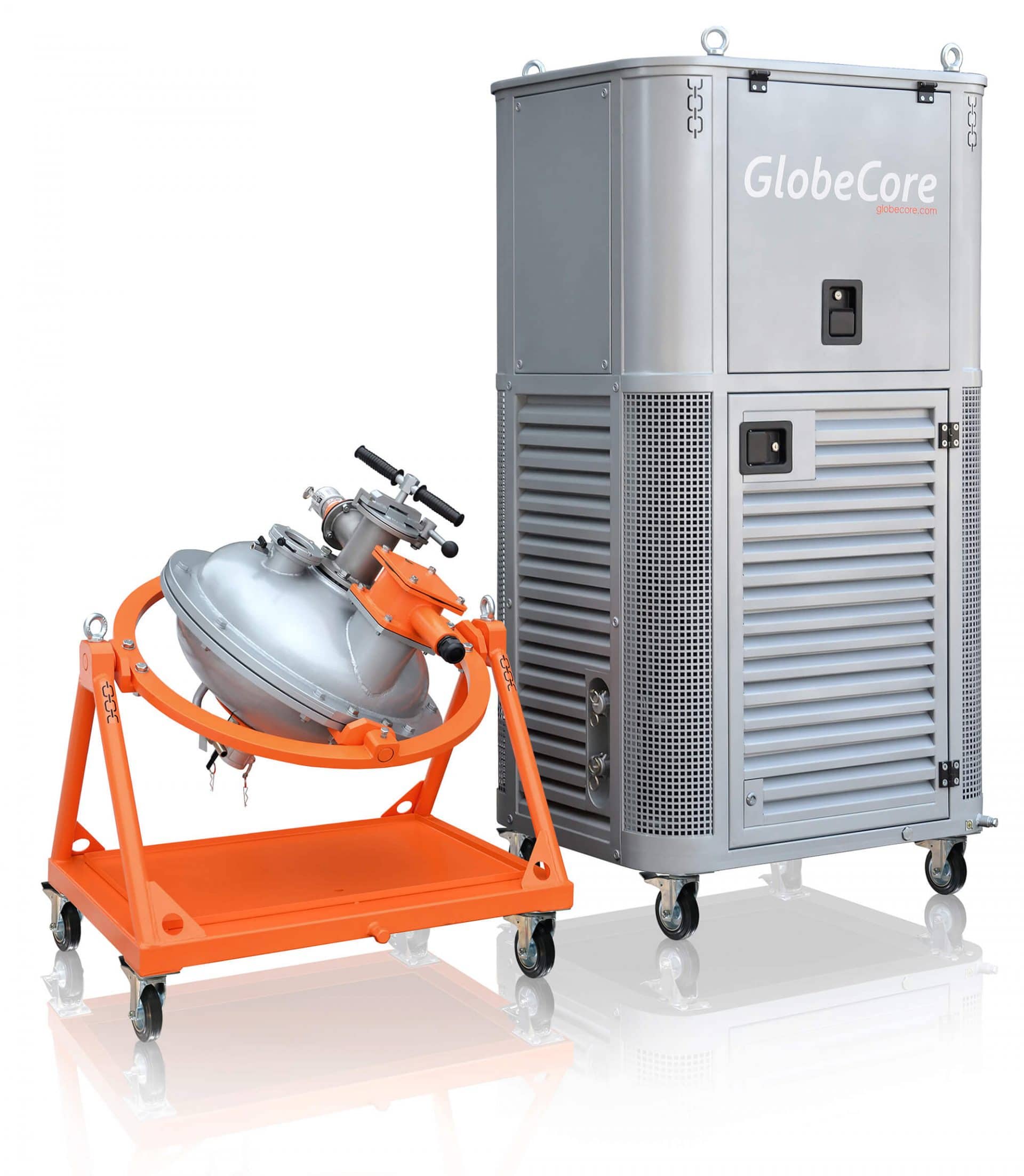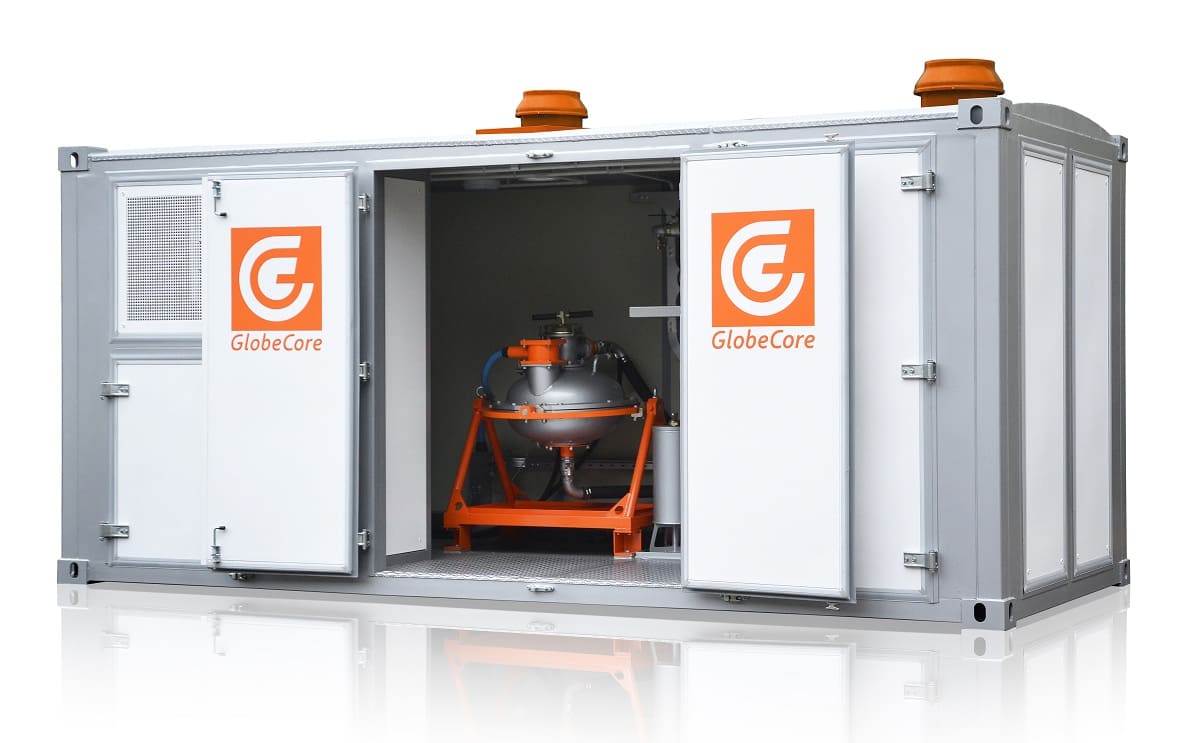Pre-sowing seed processing means preparation of sowing material for germination and planting. It is carried out with the purpose of improving the germination and further growth, as well as increasing the crop yields. It also impacts on the resistance of plants against the influence of external factors, boosting their immunity and protection from diseases and vermin. In order to accomplish that, farmers use a whole range of technologies activating the crop growth and the development processes, as well as creating the barriers to external stimuli. These procedures are reckoned among sowing material preparation processes.
Conventional methods of pre-sowing seed and grain processing
Conventional preparation of seeds for planting begins immediately after crop harvesting. At this stage, calibration, i.e. separation of sowing material by size, color, density, wind resistance, and other indicators, is carried out. This procedure is baseline before applying other preparation methods which include:
- Chemical processing. It means treatment with special agents — pesticides. It ensures protection of plants from diseases and guards them against pathogens — fungi, bacteria, pests, external stimuli. Pesticidal processing can be dry, wet, and semi-dry. The disadvantages of the method include complexity, the need to test agents, and detailed selection for different conditions and climatic zones. Pesticides have a detrimental effect on living organisms, including humans, contaminate products, soil, and can cause mutations and toxin accumulation.
- Biological processing. Soaking the seeds in nutrient mixtures conducive to strengthening them and stimulating their growth. The seed remains in a warm, humid environment from several hours to several days depending on the type of sowing material. The technology is quite complex, resource- and time-consuming, and requires that experiments be carried out to determine the doses and the optimal soaking time. Furthermore, it is not characterized by the best efficiency, and the seeds even of the same batch react to soaking in different ways.
- Thermal processing. Stratification technology involves seed activation by artificial provision of dormancy conditions after which seeds germinate more actively. The technological process suggests that the seeds be kept at a low temperature and high humidity for several weeks or months. Hydrothermal processing of seeds by means of steam is also applied. The disadvantage of the technologies consists in complexity, duration, and energy consumption to create and maintain the required environment.
- Physical and chemical processing. There are several processing methods here, such as scarification, ultrasound, and bubbling. These are simple processes that imply allowing the gases, ultrasonic waves to pass through and disintegrating the seed shell. But in spite of their simplicity, these technologies are long-term, labor-consuming, and low efficient.
- Radiation processing. It is about ionization. This technology does not always give a high-quality result, and if used improperly, it can lead to the death of plants. The main disadvantage is low efficiency.
Modern electromagnetic seed processing has become an alternative to the above methods. In order to implement this process, GlobeCore has developed innovative vortex layer devices (AVS). The equipment ensures comprehensive pre-sowing seed processing with seed activation, disinfection, and disinsection. At the same time, the processes take place without using chemical, biological agents; therefore, they are absolutely safe. And the technological line looks quite simple and consists of the equipment that is easy to use and maintain.
Special aspects of pre-sowing electromagnetic seed processing by means of AVS devices

AVS devices are predominantly used with ferromagnetic particles in the operating chamber. They are driven by an electromagnetic field generated by the inductor and act as grinders and mixers. But in the case of seeds and grains, they don’t need to be ground and mixed. The task is just to activate the sowing material.
Therefore, ferromagnetic needles are not used in AVS devices in this regard. The seeds are processed only under the influence of an electromagnetic field. It turns out that there won’t be any need to use the main work tools for pre-sowing preparation of seeds in the device. It simplifies the technological process and reduces the cost thereof.
As the seeds are exposed to ultra-high frequencies, they come out of dormancy. The processes contributing to release of energy and launch of the reactions needed for growth are activated in the seeds. Thus, an electromagnetic field has a stimulating effect on the material without using harmful chemicals, complex and expensive technologies. And due to an increase in the number of free radicals, the following effect is observed:
- increased permeability of biological membranes;
- activation and enhanced production of enzymes;
- increased intensity of oxidative reactions;
- improved breathability;
- increased rate of cell division, synthesis of proteins, nucleic acids.
All of that awakens seeds and contributes to their intensive germination, further active growth and development of plants. Eventually, it has a positive effect on the crop yields. The degree of activation can be adjusted merely by changing the sowing material processing time in the chamber.
Disinfection and disinsection of sowing material take place in addition to seed activation in the vortex layer device. These processes are also carried out only when driven by an electromagnetic field.
Experimental results and effect of seed and grain processing by means of AVS devices
As part of the experiment, we germinated five batches of wheat samples. For this purpose, four of them were processed with a vortex layer device, and one sample was used without processing. The samples were exposed to an electromagnetic field for various times from 30 seconds to 2 minutes. After processing, the wheat was germinated in containers filled with water for 24 hours. Then the wheat was planted into the pot earth for germination. In 31 days, the wheat was transplanted into the soil.
In this regard, the following germination values were obtained:
- processing for 10 seconds — 85% of germinated grains;
- processing for 30 seconds — 95% of germinated grains;
- processing for 1 minute — 32% of germinated grains;
- processing for 2 minutes — 93% of germinated grains;
- without processing — 60% of germinated grains.
Thus, the optimal time for pre-sowing electromagnetic processing of wheat grains ranges from 10 to 30 seconds. In this case, the capacity of AVS-100 device is from 120 to 360 kg/h. It will be possible to process from 180 to 540 kg/h of grains in AVS-150 device. The equipment power consumption is 4.5 kW/h and 9.5 kW/h for AVS-100 and AVS-150 respectively. Such values are indicative of the high efficiency and cost-effectiveness of seed processing by means of a vortex layer device compared to conventional technologies.
As an example, we will also consider germination values when other crops are processed with AVS device.
For corn:
- processing for 5 seconds — 96% of germinated grains;
- processing for 2 minutes — 98% of germinated grains;
- without processing — 88% of germinated grains.
For peas:
- processing for 2 seconds — 84% of germinated grains;
- processing for 2 minutes — 92% of germinated grains;
- without processing — 82% of germinated grains.
For potatoes:
- processing for 0.5 second — crop yield 16.2 t/ha;
- processing for 2 seconds — crop yield 16.9 t/ha;
- processing for 3 seconds — crop yield 18.7 t/ha;
- without processing — crop yield 14.2 t/ha.
Such values are indicative of the high degree of sowing material activation by means of AVS devices.
Advantages of seed activation by means of a vortex layer device
Electromagnetic seed processing by means of AVS devices gives good results in preparation of sowing material due to the following advantages:
- Versatility. The technology is suitable for processing any sowing material, including seeds, grains of wheat, oats, buckwheat, peas, mustard, beets, turnips, strawberries, tomatoes, and even potato tubers.
- Cost-effectiveness. Depending on the model, the unit consumes from 4.5 to 9.5 kW of power per hour. At the same time, for example, in order to process a ton of wheat grains, you need 12 kW of energy. Moreover, there is no need to use other means, agents, chemical additives which reduces the technology cost.
- Ease of use. The equipment is distinguished by simple design, compactness and does not require using any pedestals and complex additional systems.
- Reliability, durability, and convenience. The unit operates quietly and sparingly in relation to components, assemblies, and processed material. It is almost wear-proof and requires minimum maintenance.
This is an innovative solution for pre-sowing seed, grain, and tuber processing with optimum capacity, reliability, and cost-effectiveness. The equipment can be ordered; the design and the principle of operation can be studied with more detail by contacting GlobeCore sales representatives.


 AVS-100 Mixing Machine. ...
AVS-100 Mixing Machine. ... AVS-150 Chemical Mixing ...
AVS-150 Chemical Mixing ... AVSk-150 Wastewater Treatment ...
AVSk-150 Wastewater Treatment ...